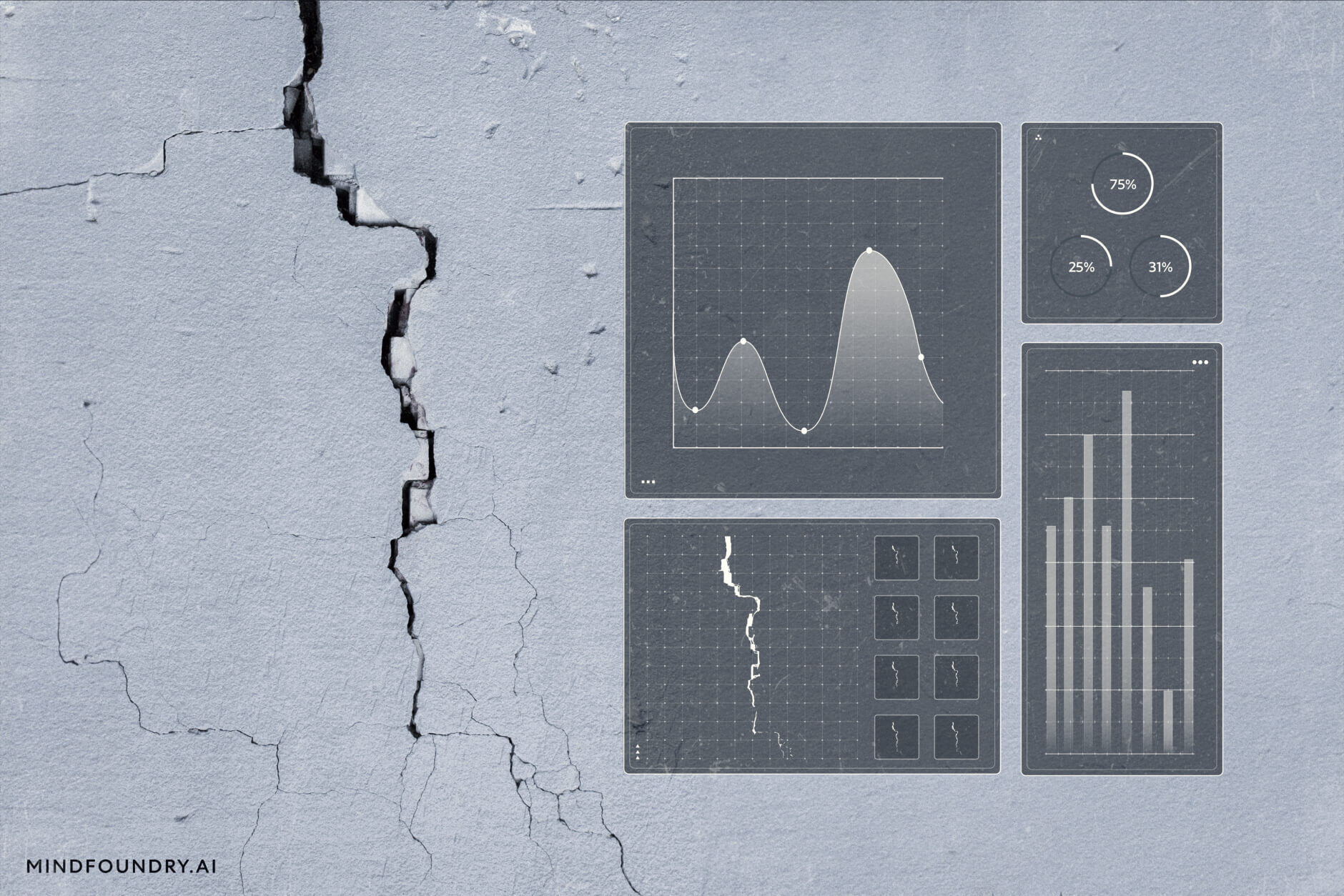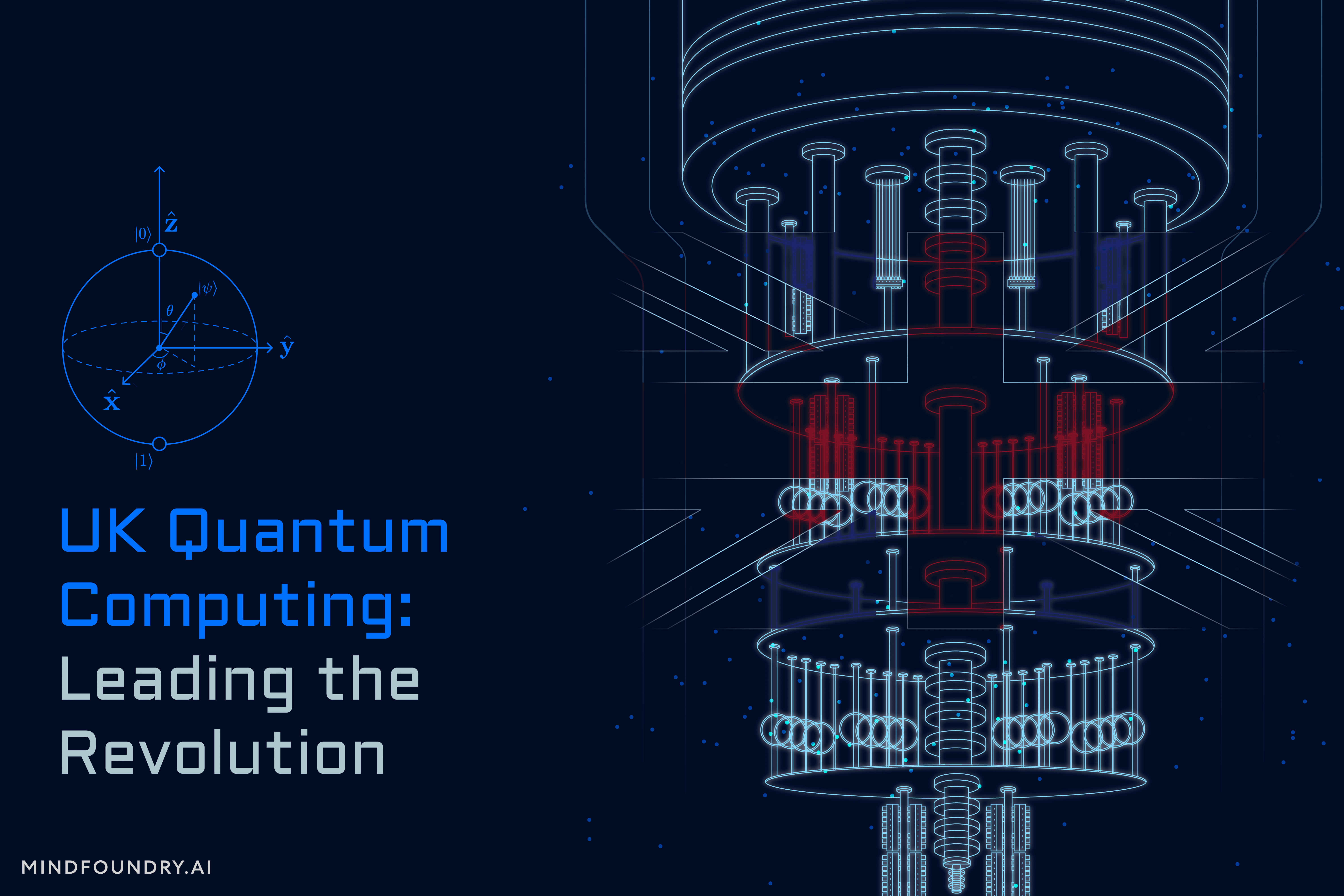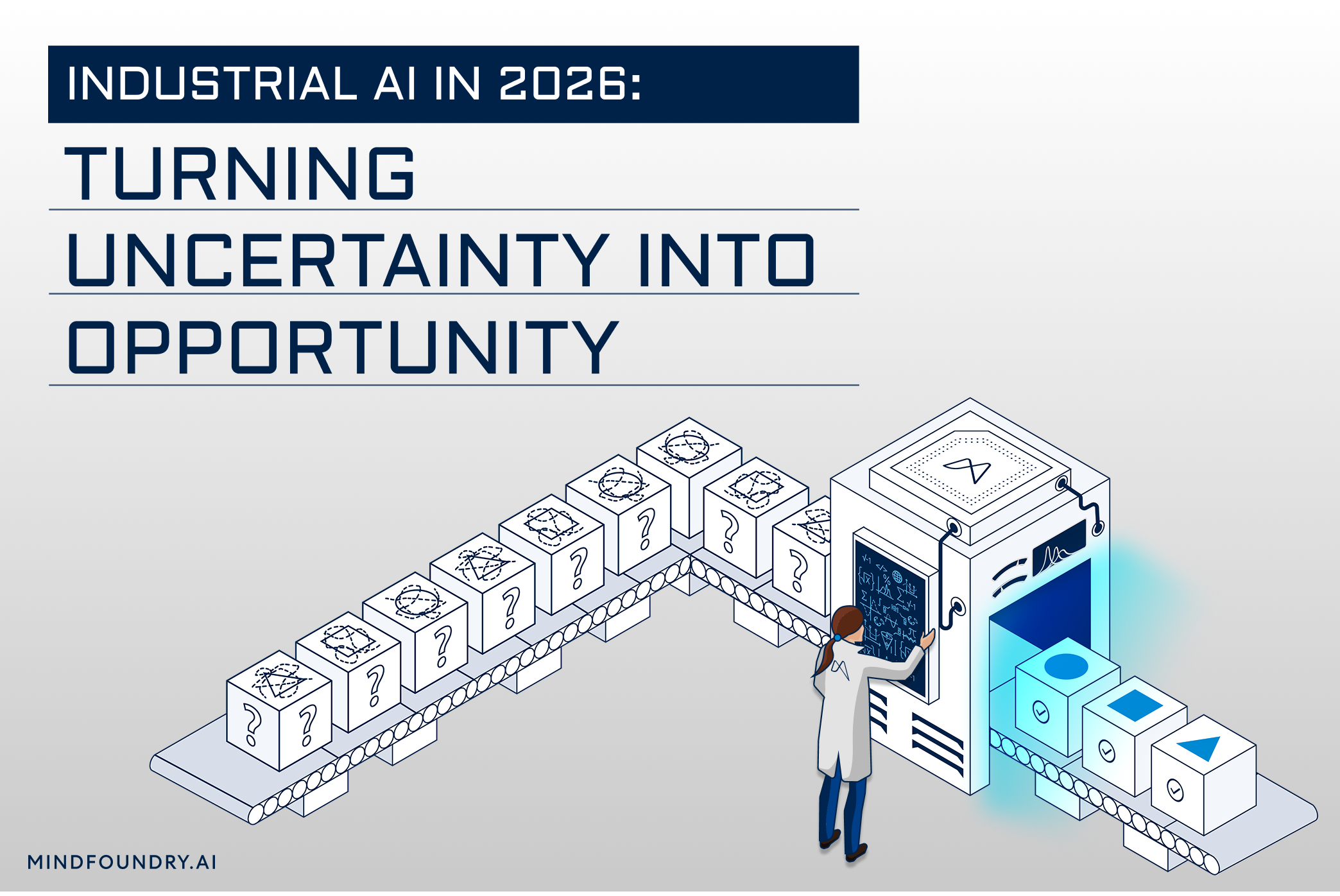Industrial AI in 2026: From Hype to Real-World Impact
Industrial AI is increasingly coming to the fore in physical industries, but achieving measurable real-world impact requires careful consideration...

Every individual, community, and society relies on built infrastructure to live, work, and move around. But as time progresses, populations grow, and towns and cities expand, we face the challenge of an infrastructure landscape that is both ageing and deteriorating and will eventually fail if left unaddressed. As this problem becomes more urgent, civil engineers are exploring how AI can be deployed to help solve it.
By 2030, the average age of this infrastructure, including roads, bridges, dams, tunnels, drainage and sewage systems, and more, will reach 50 years. As this point approaches, a crisis is looming that will have devastating consequences if we don’t deal with it now.
Just as humans tend to require more frequent medical attention as we get older, structures at this age require significantly more proactive maintenance to remain safe and functional. However, with so many structures simultaneously reaching this critical stage, the global demand for maintenance resources will soon exceed our current capacity, making it impossible to identify and address problems while operating within existing budgetary constraints and without causing catastrophic economic and logistical disruption. This crisis will only worsen if effective and timely countermeasures aren’t implemented.
This chart illustrates how deterioration accelerates as structures age beyond 50 years, underscoring the urgency of addressing this issue. Adapted from data provided by WSP.
Watch the full video here.
Bridges are a prime example of how the condition of our built assets is in crisis. There are approximately 100,000 bridges across the UK road and rail networks, alongside countless other structures such as tunnels, retaining walls, and culverts. Accurately assessing the condition of each of these individual structures is a monumental task. Research by the RAC Foundation found that approximately 4% of bridges are substandard (meaning they have had weight restrictions imposed), and the maintenance backlog cost is £5.9 billion. More worryingly, 39% of highway authorities couldn’t even quantify their backlog.
As for roads, the 2024 Annual Local Authority Road Maintenance report shows that more than half the local UK road network has only 15 years or less of structural life remaining and that 17% is listed as being in “poor” condition, meaning less than 5 years of life remaining. It’s also estimated that £16.3 billion is now needed to tackle the backlog of carriageway repairs in England and Wales, which represents the highest figure in 29 years of reporting. This alarming trend is replicated elsewhere in the world, with the most recent report by the American Society of Civil Engineers (ASCE) suggesting that 43% of the more than 4 million miles of America's public roadways are in poor or mediocre condition. The cost of bringing these roads back up to an adequate standard is estimated at $560 billion.

The condition of the UK's local road network
The key to preventing a crisis like the one we are approaching is the effective management of existing infrastructure. This means monitoring asset conditions, identifying potential problems in a timely fashion, proactively taking the right remedial action, and ensuring each structure is viable and safe for as long as possible. The problem is that numerous complications have arisen simultaneously, making this an incredibly difficult process for asset managers and owners.
Resource Constraints
The bodies responsible for managing our civil infrastructure operate under certain constraints, like available personnel, time windows for repairs, and budgetary limitations. This means resources must be allocated optimally for maximum efficiency, from inspection prioritisation to maintenance scheduling. This is only possible if the condition of all these built assets is understood at any given time. Without this understanding, deterioration can go unnoticed, and if this continues, it becomes significantly more expensive to reverse the damage and more challenging to find the necessary resources.
Data and Expertise Availability
A problem for asset owners is that they lack the necessary data to understand which assets need attention or are at risk of failure, making it extremely difficult to prioritise their inspections and allocation of resources. Furthermore, the expertise of the people responsible for these assets is draining as more of these individuals retire without being replaced. Without this data and expertise, asset deterioration goes unnoticed and unresolved, and the longer this goes on, the more expensive and disruptive their repair inevitably becomes.
A Fragmented Landscape
Our civil infrastructure is managed by a wide range of companies and organisations, none of whom will have the exact same data capture and management processes. This makes it incredibly challenging to fully understand the scale of the challenge and then devise comprehensive strategies to solve it. If we are to resolve these issues, collaboration and partnerships will be necessary to take targeted action that delivers a positive impact at the required scale.
Inspection Inconsistency
Infrastructure asset managers conduct routine inspections to assess the condition of any given structure and try to identify issues before they become hazardous. But even when assets are inspected in a timely manner, the nature of these inspections throws up its own set of issues that muddy the waters further. Most asset management bodies rely on simplified severity and condition ratings on a scale of 1-5, which are subjectively judged by individual inspectors with varying levels of consistency. This approach leaves us with a fragmented understanding of the true condition of our infrastructure, making it nearly impossible to prioritise maintenance efforts or justify funding requests for necessary repairs.
These issues combine to perpetuate the challenges owners face with managing our civil infrastructure. Inspections fail to detect issues in time for preventative action, and structures decline to become safety risks, requiring expensive and disruptive interventions. A new approach to asset management is required, and with it, an opportunity for AI to deliver a real positive impact in the space.
Automating and Scaling Inspections
Those responsible for managing and maintaining our civil infrastructure rely on visual data captured using various methods to assess whether a built asset requires attention or repair. With AI, this visual data can be analysed at a scale and speed that is impossible for human beings. Issues can even be identified in real-time using data captured by continuous monitoring systems to enable immediate response, and integrating AI into the inspection process facilitates scalability as civil infrastructure continues to grow.
Enhancing Predictive Maintenance
Asset managers don’t just need to make decisions in the present, but also they need to be able to plan for the future to anticipate demands on human and financial resources. AI-assisted condition monitoring can enable a more complete understanding of existing infrastructure conditions. Furthermore, forecasting models can predict how and when this infrastructure will deteriorate and what maintenance it will require. This allows managers to create more informed and accurate proactive maintenance strategies.
Improving Consistency and Accuracy
Evaluations of infrastructure conditions that rely on human interpretation and overly simple metrics bring with them issues of inconsistency and subjectivity, making it harder to plan and act effectively to manage a large portfolio of assets. AI can standardise condition assessments, making them all more accurate and consistent, allowing for more effective inspections and maintenance.
Optimising Resource Allocation
Budgetary and personnel constraints make it necessary to allocate resources strategically and deliberately. Using AI can provide asset managers with the actionable insights needed to prioritise maintenance efforts and optimise resource allocation. It ensures the most critical repairs are addressed first and reduces the costs associated with unnecessary inspections.
The condition crisis in our civil infrastructure is a pressing issue that demands innovative solutions. If we leave it too late, our structures will continue to decline, creating significant logistical difficulties and even putting lives at risk. At Mind Foundry, we believe that AI has the potential to revolutionise how we manage and maintain our infrastructure, ensuring safety and longevity for the future. By addressing the scale problem and providing continuous, accurate condition information, we can ensure that every structure in our civil infrastructure is inspected, maintained, and managed to last as long as possible.

Industrial AI is increasingly coming to the fore in physical industries, but achieving measurable real-world impact requires careful consideration...

Of all the technologies being explored today, Quantum technologies are some of the most exciting and potentially most revolutionary, and the UK is at...

With AI pilot project failure rates as high as 95%, industries like manufacturing, utilities, and logistics have struggled to capitalise on AI’s...